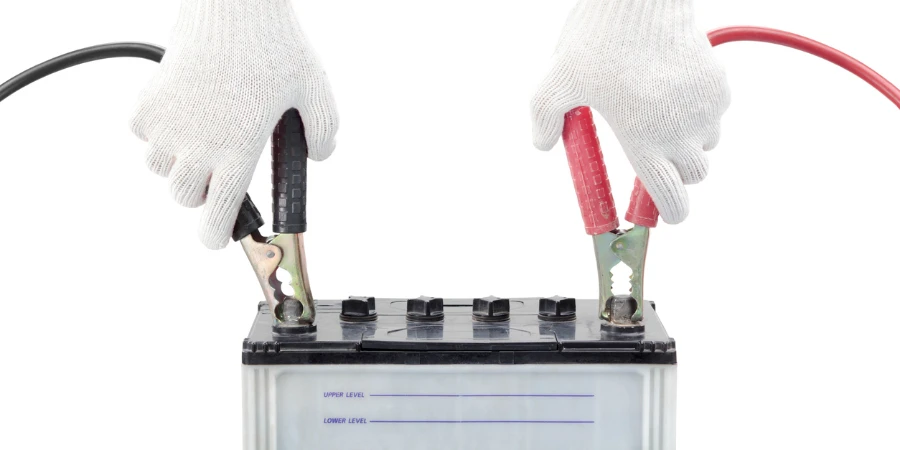When it comes to vehicle maintenance and emergency preparedness, owning a booster pack is as crucial as having a spare tire. These compact, powerful devices are lifesavers on the road, providing the necessary jump-start when your vehicle’s battery fails. This article delves into the nuts and bolts of booster packs, from their functionality and selection to their lifespan and replacement process.
Table of Contents:
– What is a booster pack?
– What does a booster pack do?
– How to choose a booster pack
– How long do booster packs last?
– How to replace a booster pack
– How much are booster packs?
What is a booster pack?
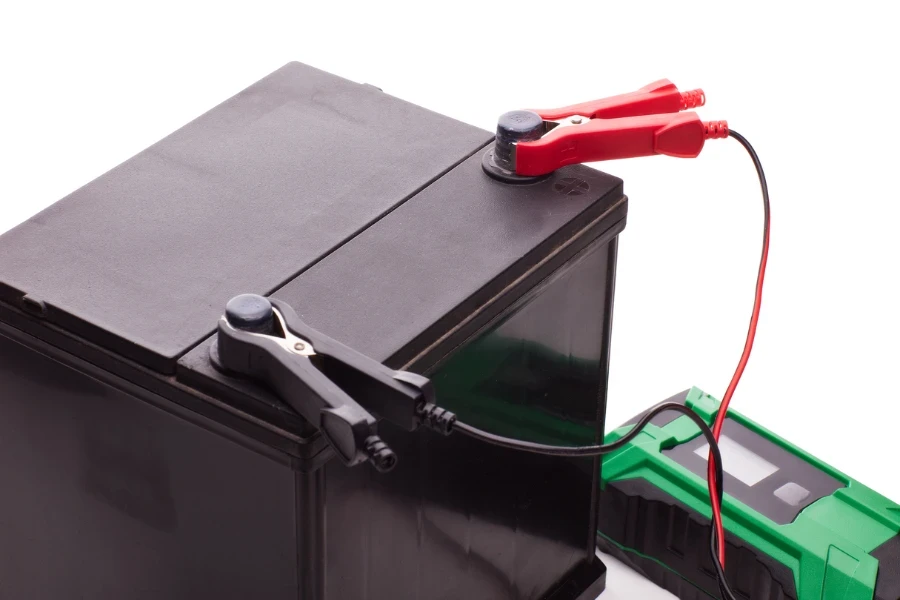
A booster pack, often referred to as a jump starter or battery booster, is a portable device that provides the necessary power to start a vehicle when the battery is too weak. These packs are equipped with their own internal batteries, making them an essential tool for drivers to carry, especially in cold weather or for vehicles that aren’t used regularly. Unlike traditional jumper cables, a booster pack doesn’t require another vehicle to source the power from, offering independence and convenience in emergency situations.
Booster packs come in various sizes and capacities, designed to cater to different vehicle types, from motorcycles to trucks. The core of these devices is their battery technology, which has evolved from lead-acid to more efficient and lighter lithium-ion cells. This advancement not only makes booster packs more compact and easier to carry but also increases their power capacity and longevity.
The design of booster packs often includes safety features such as reverse polarity protection, short-circuit protection, and overcharge protection. These features ensure that even users with minimal technical knowledge can safely use the device. Additionally, many booster packs offer added functionalities like USB ports for charging mobile devices, LED lights for illumination, and air compressors for inflating tires, making them versatile tools for various roadside emergencies.
What does a booster pack do?
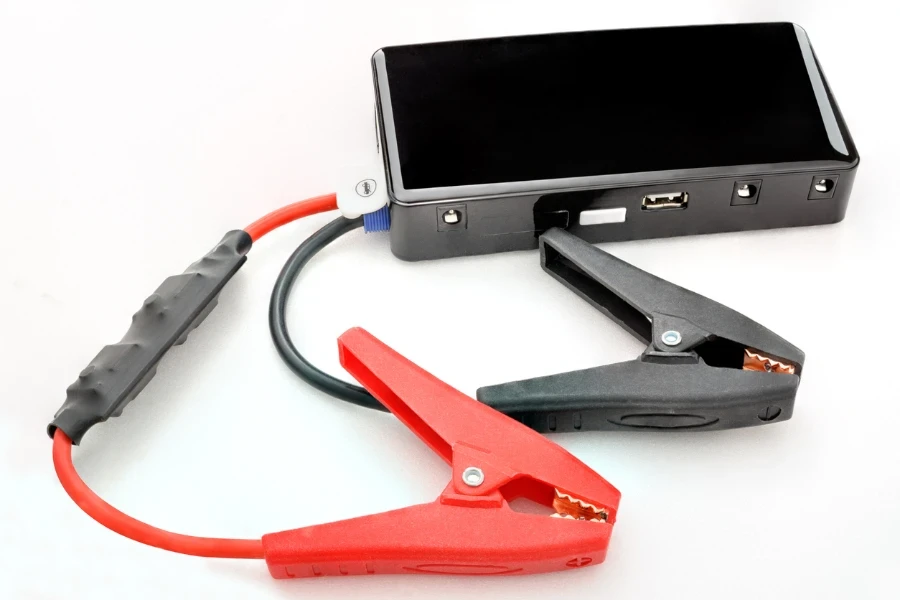
At its core, a booster pack serves one primary function: to jump-start a vehicle by providing the necessary power to the engine’s starter when the vehicle’s battery has insufficient charge. This is achieved through a high-amperage electrical current, which the booster pack delivers to the vehicle’s battery, enabling it to turn over the engine. The process is straightforward and can get a car running in a matter of minutes without needing another vehicle for help.
Beyond jump-starting, booster packs are designed with the modern vehicle owner in mind, offering several auxiliary features. For instance, many models come with built-in air compressors to pump up deflated tires, USB ports to charge smartphones and other devices, and even LED flashlights for use in low-light conditions. These additional features make booster packs a multifunctional tool, essential for comprehensive roadside emergency kits.
The importance of a booster pack lies not only in its primary function but also in the peace of mind it provides. Knowing that you have a reliable solution at hand for most common roadside issues can make driving, especially long distances or in remote areas, less stressful. It’s a form of insurance against being stranded, which, in today’s fast-paced world, is invaluable.
How to choose a booster pack
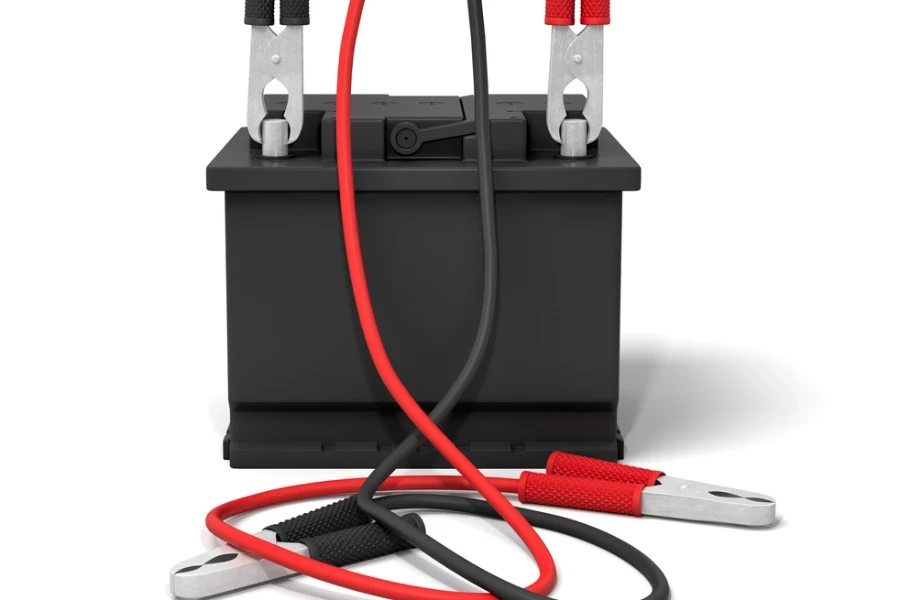
Selecting the right booster pack involves considering several factors to ensure it meets your specific needs. The most critical aspect is the pack’s power output, measured in amps, which needs to match or exceed the requirements of your vehicle’s engine. Generally, larger engines require more powerful booster packs. For instance, diesel engines, known for their high compression ratios, typically need more starting power than gasoline engines.
Another factor to consider is the battery technology used in the booster pack. Lithium-ion batteries are preferred for their lighter weight, longer lifespan, and ability to hold a charge longer than traditional lead-acid batteries. However, the choice might also depend on budget constraints, as lithium-ion models tend to be more expensive.
Portability and ease of use are also key considerations. A compact, lightweight booster pack is easier to store in your vehicle and carry around. Look for models with clear, user-friendly interfaces and safety features like reverse polarity alarms, which prevent damage to your vehicle’s electrical system if the clamps are connected incorrectly.
How long do booster packs last?

The lifespan of a booster pack largely depends on its battery technology, usage frequency, and maintenance. A well-maintained lithium-ion booster pack can last for several years, with the average lifespan ranging from 3 to 5 years. The longevity of the device is also influenced by how often it’s used and how well it’s cared for. Regularly discharging and recharging the pack, as per the manufacturer’s instructions, can help maintain the battery’s health and extend its life.
It’s also important to store the booster pack in a cool, dry place and avoid exposing it to extreme temperatures, as heat and cold can degrade the battery’s performance over time. With proper care, a booster pack can remain a reliable tool for emergency jump-starts and more, providing good value for the investment.
How to replace a booster pack
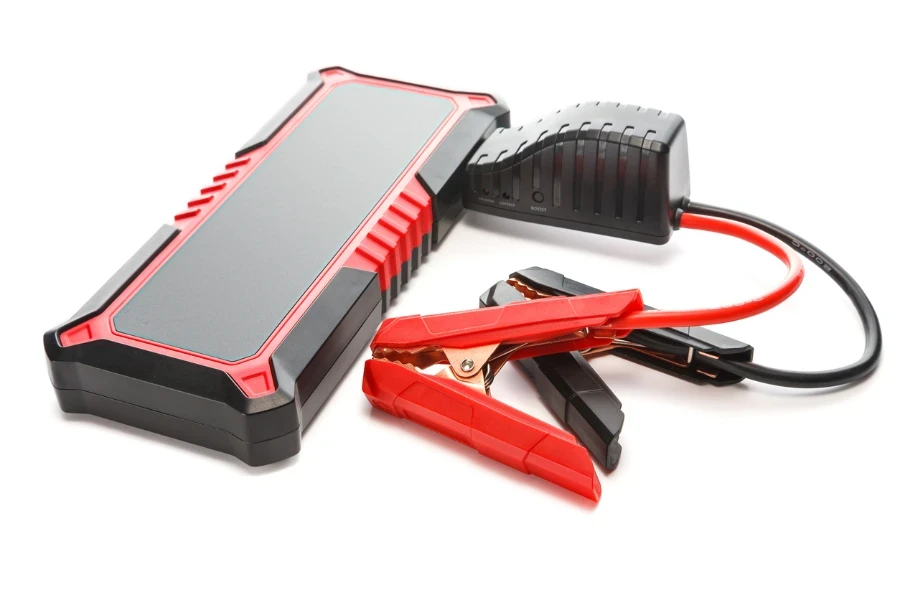
Replacing a booster pack typically involves purchasing a new unit, as the internal batteries in these devices are not designed to be replaceable by the user. When it’s time for a replacement, consider recycling the old booster pack responsibly, as the batteries contain materials that can be harmful to the environment if disposed of improperly.
Before buying a new booster pack, review the lessons learned from your previous one. Consider what features were most useful, what power capacity met your needs, and whether you require a more robust model based on your vehicle or lifestyle changes. Investing in a booster pack with the right specifications will ensure it meets your needs for years to come.
How much are booster packs?
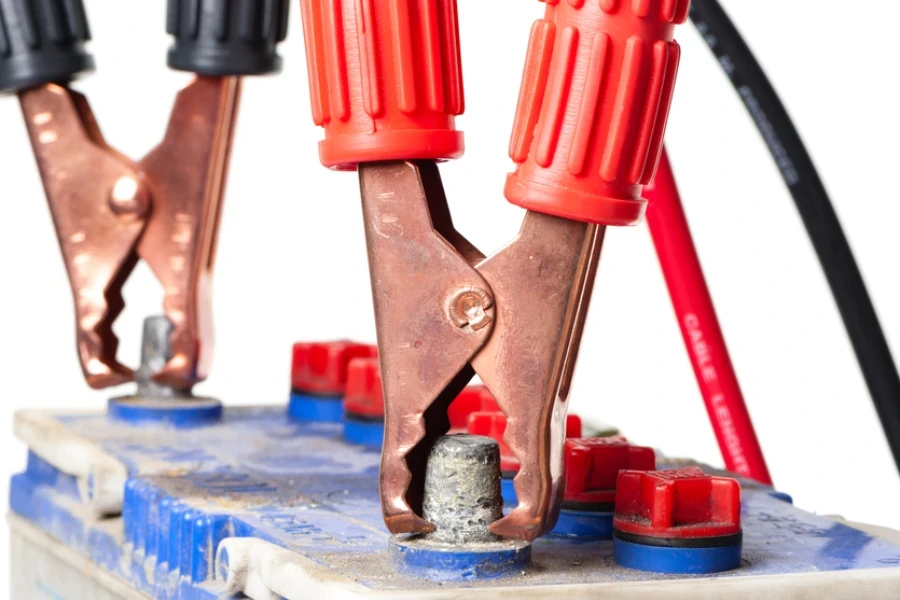
The cost of booster packs varies widely based on their power output, battery technology, and additional features. Basic models can start as low as $50, offering essential jump-starting capabilities without extra features. Mid-range options, typically equipped with additional functionalities like USB charging ports and air compressors, can cost between $100 and $200. High-end models, offering higher power capacities and advanced technology like lithium-ion batteries, can exceed $200.
When considering the price, it’s important to evaluate the value the booster pack brings in terms of reliability, convenience, and versatility. Investing in a higher-quality model can save money in the long run by avoiding the need for frequent replacements and providing more utility beyond just emergency jump-starting.
Conclusion
A booster pack is an indispensable tool for any vehicle owner, offering a reliable solution for jump-starting a dead battery and much more. When choosing a booster pack, consider your vehicle’s requirements, the pack’s features, and how you plan to use it. With proper care, a quality booster pack can serve you well for years, making it a wise investment for peace of mind on the road. Remember, the cost of a booster pack is small compared to the convenience and security it provides, making it a must-have in your vehicle’s emergency kit.
